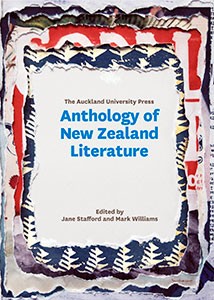History, Literature and the AUP Anthology

It hasn’t even been officially launched yet, but already the AUP Anthology of New Zealand Literature is generating considerable controversy. Critics reckon Maori, South Islanders and other minority groups are underrepresented, while graduates of the Manhire school, among others, are supposedly overrepresented. For Bookman Beattie, the most surprising omission is Michael King. Paula Green has noted the less than adequate coverage of New Zealand historians generally: no Judith Binney, James Belich, Anne Salmond or Claudia Orange. Keith Sinclair does get a look in, but only as a poet. Apirana Ngata is here, but not Ranginui Walker. I doubt that even the editors would suggest they have provided anything like representative coverage of non-fiction New Zealand history writing. But that got me thinking about the relationship between history and literature. If the former is a subset of the latter, then surely it is entitled to fair representation in works such as this; if it is not, t...
